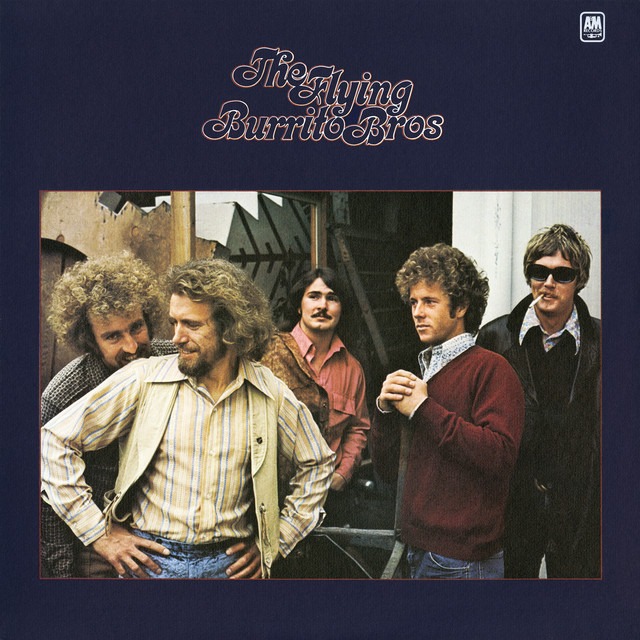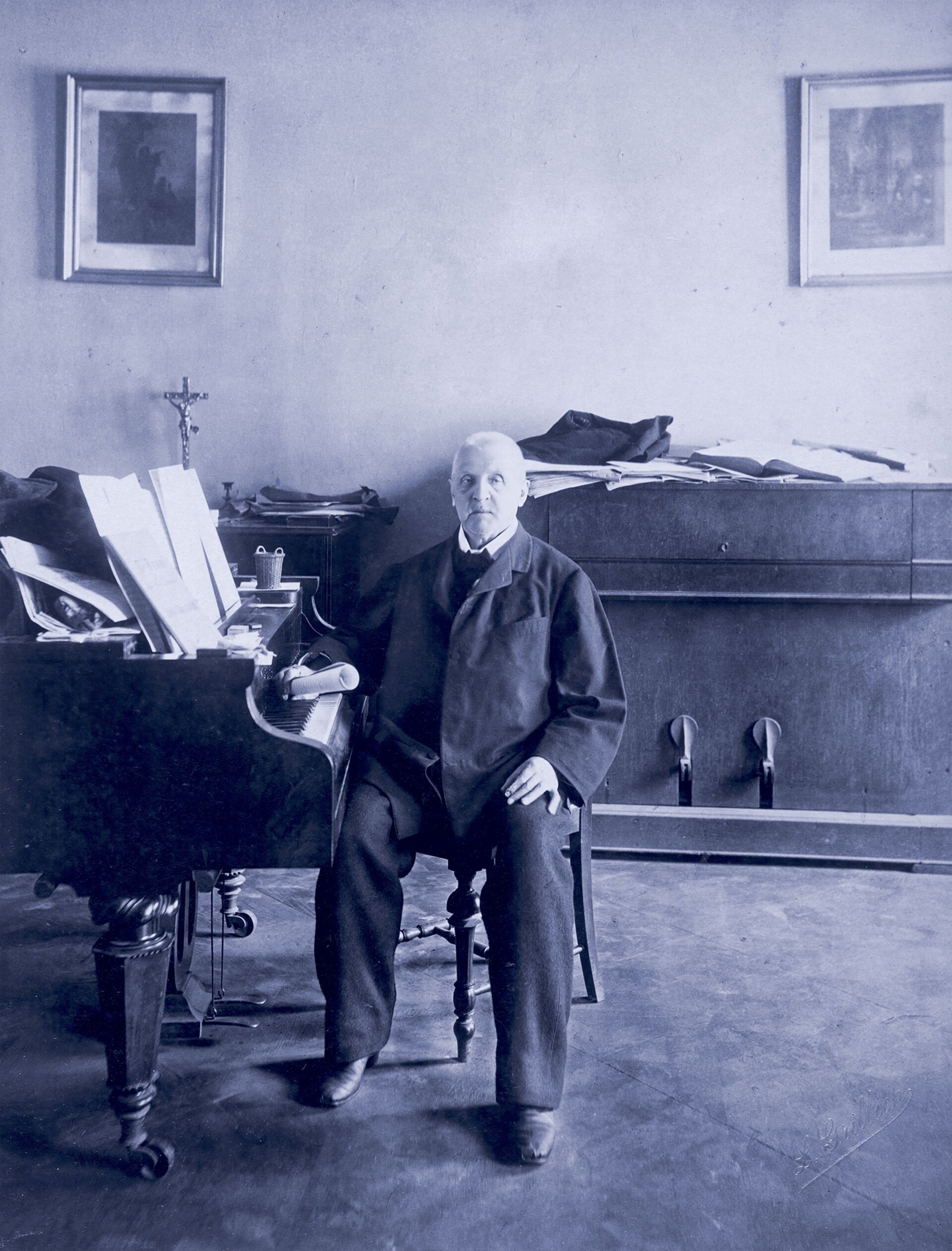By Chloe Stiens
The Last Dinner Party, in the months leading up to the release of their debut album, Prelude to Ecstasy, seemingly appeared from nowhere. Their hit song, Nothing Matters, suddenly reached 16th on the UK singles charts, while videos from their gigs proliferated on Tiktok. In consequence, everyone from Tiktok reviewers to respected music critics have attempted to account for their rapid rise to success, looking everywhere but at the music itself.
Like breakout act Wet Leg (also fronted by women) they have been labelled ‘industry plants’ by internet critics, an allegation that mainstream news outlets have done little to disprove. Critics have pointed to how The Last Dinner Party got a major record deal (Island Records) before releasing a song as evidence. This is true; the band did not release music independently to be scouted by an A&R representative trawling Spotify playlists or trending Tiktok sounds. Rather, they performed. The band, made up of Abigail Morris (lead vocals), Lizzie Mayland (guitar, vocals), Emily Roberts (lead guitar, mandolin, flute), Georgia Davies (bass), and Aurora Nischevi (keyboards, vocals), refined their sound and image by performing throughout 2022, so that by the time they entered the studio, they were, in effect, fully formed and clear in their artistic intention. This contrasts to the almost-overnight success of other Gen Z stars like Pink Pantheress, who went viral on tiktok making music at home. That is not to say that Pink Pantheress does not deserve her success; however, The Last Dinner Party’s success is not only down to their talent and good luck, but also their hard work.
That is not to say that the band is not lucky. Morris’ parents sent her to Bedales, a private school. Although Morris undoubtedly benefited from this education and the in-school musical opportunities it afforded her, its relevance on her musical output ends there. We cannot allow her musical talent to be entirely attributed to privilege, as if her academic education somehow gave her the unique voice and the commanding stage-presence she is known for. Certain reviewers have used Prelude to Ecstasy’s sonic grandeur as evidence of an inescapable privilege, suggesting that the album-opener ‘Prelude to Ecstasy’ conjures up Saltburn-esque images of wealth and decadence, aligning the band with the over-privileged Catton family while ignoring what the band have actually cited as their intention and influences. The Last Dinner Party have said that they wanted to create something ‘gothic and romantic’ (Rolling Stone). They are a Gen Z band; they aimed for a decadent ‘aesthetic’ as suggested by their name, one informed by the 19th-century literature both Morris and Davies study at university, or at least by the 21st Century impression of it. This baroque fantasy is evident in their lyrics, costumes, and the maximalist and classically-influenced production of the album. Perhaps Emerald Fennel wanted to recreate a similar ‘aesthetic’. However, the implication that Morris’ private school education is responsible for the creative direction of Prelude to Ecstasy is unfair. That said, I acknowledge that perhaps critics are more concerned about the success and number of privately-educated musicians in comparison to their state-educated counterparts. But the answer is not to damn any musician who was lucky enough to benefit from a musical education, but rather to defend music education from further cuts. In 2022, 179 independent schools enrolled students for A-level music, compared to just 69 secondary comprehensives (classical-music.uk), while children from well-off families are more likely to benefit from private instrumental lessons. Thus, the underfunding of the arts is creating a two-tier society in which music is only available to children whose parents can afford it. If we want the ratio of privately-educated to state-educated musicians to balance out, we must do more to make sure all children have the same musical opportunities.
However, there is more than a hint of sexism in the consistent attention paid to Morris’ upbringing and in the attribution of the ‘industry plant’ label, both of which imply that The Last Dinner Party’s success is due to factors other than the quality of their music. Their male counterparts are not undermined in this way; take, for example, King Krule, who attended the BRIT school. The BRIT school is a state school, but students there benefit from the industry connections that are so essential to getting your music heard. Or, Bakar, who attended a boarding school in Surrey. Neither of these London Indie stars have had their schools placed before their talent in terms of their success. Moreover, critics point to class-based privilege in music while ignoring the difficulty of being a woman or non-binary person in rock. Mayland, Roberts, and Davies, (guitar and bass guitar) have all become rock guitarists in a world that, when they were children, almost completely aimed the instrument at men. In the early 2000s, girls were pushed towards other, usually classical, instruments by the complete lack of non-male rock guitarists in the media. Even Roberts initially started learning classical guitar, which she did not take to (she credits her later ‘acoustic’ guitar teacher as ‘the reason I’m still playing guitar’) (guitar.com). Not much seems to have changed; St. Vincent (Annie Clark), ranked 26th by Rolling Stone in their list of ‘250 Greatest Guitarists of All Time’, is still not a household name. If girls do play guitar, they are often pushed into the solo ‘singer-songwriter’ bracket as opposed to lead guitarist. To have a band in which neither the lead guitarist, rhythm guitarist, nor bassist is a man is extremely rare. Rarer still, to be taken seriously as a rock band without a male member, and as band singing about feminist themes when 43% of the British public (and 52% of Gen Z) say ‘we have gone so far in promoting women’s equality that we are discriminating against men’ (Kings College London). If critics are going to point out class-based privilege, it is only fair to also draw attention gender-based discrimination too.
So, instead of dismissing The Last Dinner Party as privileged industry plants, let’s pay attention to their music. If we want to uncover what has made them who they are, let’s look to Nischevi and Roberts’ musical backgrounds of classical and jazz, and Morris’ and Davies’ literary inspiration. They cite Kate Bush, Queen, Florence and the Machine, and David Bowie as influences. They met at university in London, and became friends attending gig at the celebrated venue ‘the Windmill’ in Brixton. They are extremely talented, clear in their vision, and have worked hard to produce an album so good that their critics are forced to fling labels at them instead of finding fault with the music itself.
Image Credit: DORK





